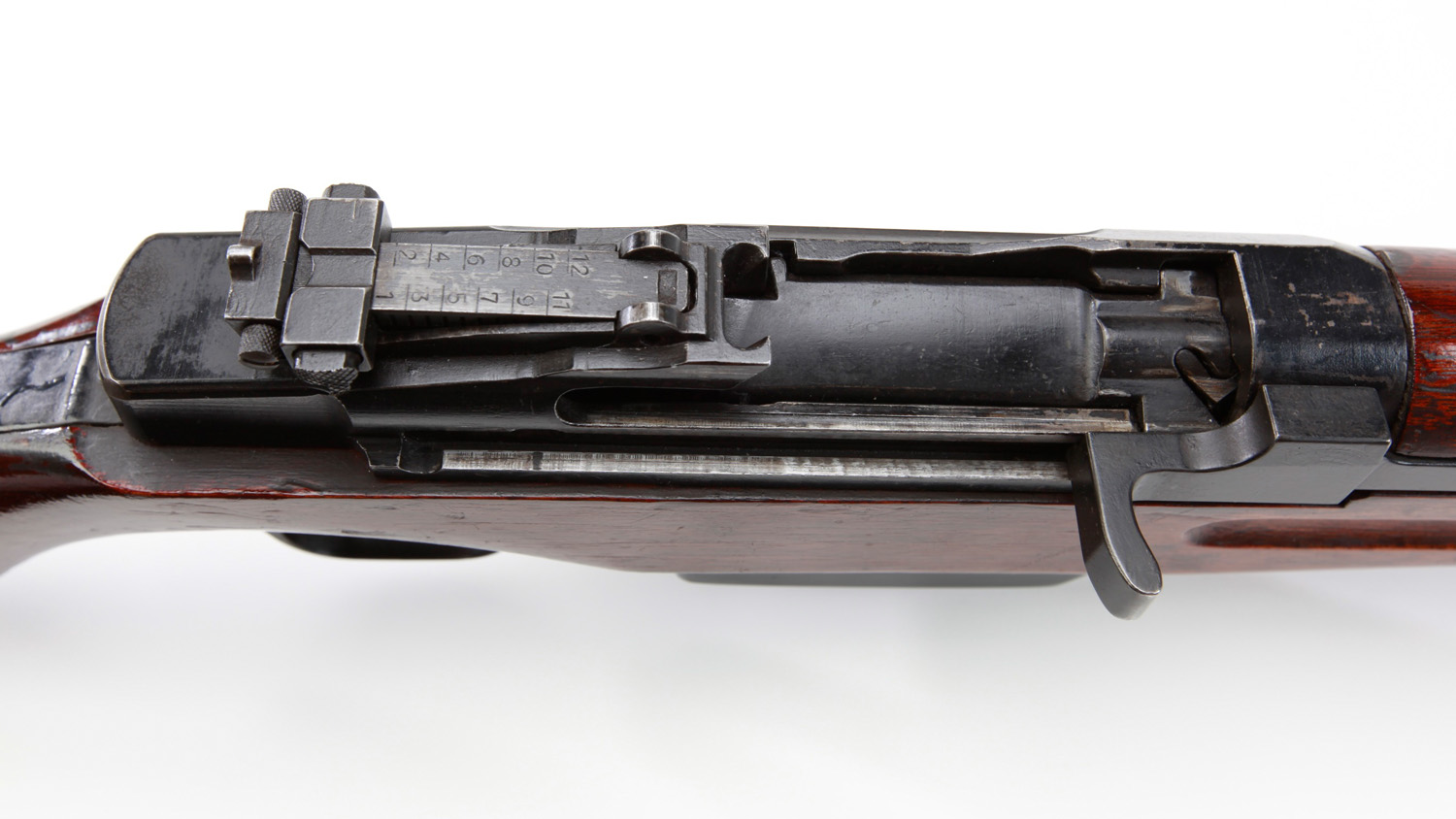




In 1943 it was decided to develop a substitute Type 99 made of lower grade materials and simplified for production. In 1941, a Type 99 rifle with 4-power scope was developed for sniping-this weapon was officially adopted in June 1942. Service tests were run at the Infantry and Cavalry school and the rifle was approved and adopted. In May 1939 the third series ol tests was run with the long and short rifles and improved ammunition and satisfactory results were obtained. Accuracy problems, however, postponed adoption for awhile. 1" which was generally similar to the design of the 6.5mm Type 38 rifle. In 1939 the second test was made at Futsu and it was decided to adopt the Nagova design " Rifle Plan No. The 7.7mm rimless cartridge is usable in the machine gun however the 7.7mm semi-rimless is not usable in the rifles. The 7.7mm cartridge used with these weapons was rimless rather than the semi-rimmed 11 used with the Type 92 machine gun. A decision was made to make a long and short 7,7mm rifle the short rifle to be issued to cavalry and spccial troops. Proved that the recoil of the carbincs with 7.7mm cartridges was too great for the average Japanese soldier and all further development of 7.7111111 carbincs was stopped. The reasons for Japanese use of this rifle have still not been explained. This weapon uses a Mannlicher Carcano type action. Proving ground tests at Futsu Proving Ground Two of the models were carbines modeled on the Type 38 and Type 44 carbines. Four trial rifles were submitted including one each from Nagoya and Kokura arsenals. In April 1938, a formal requirement was laid down for a 7.7111111 rifle. They had adopted a 7.7111111 semi- rimmed cartridge for use in a heavy machine gun-Type 92-in 1932 and wished to standardize ammunition. After 1 heir experiences in China and Manchuria the Japanese decided they needed a heavier caliber rifle. The older 6.5mm Type 30 rifle and carbine were also frequently encountered during the war. Japanese forces were equipped with the 6.5111m Type 38 rifle, Type 38 carbine, and Type 44 carbine for a long time prior to World War II and large quantities of these weapons were used throughout the war.


 0 kommentar(er)
0 kommentar(er)
